12 Ancient Healing Remedies That Actually Work
Throughout history, humanity has been on a continuous quest to understand the body and mind, seeking remedies for ailments and striving for longevity. Ancient civilizations, despite their limited technological advancements, developed a profound understanding of natural healing that often rivals modern medicine. These remedies, passed down through generations, offer a fascinating insight into how our ancestors perceived health and wellness. In this article, we will explore 12 surprising healing remedies from ancient times that not only reflect the wisdom of the past but also have been validated by contemporary science. These remedies, once dismissed as mere folklore, are now recognized for their remarkable efficacy, proving that the ancients were onto something profound. Join us as we delve into each remedy, uncovering the history, the science, and the modern-day applications that continue to deliver remarkable results.
1. Honey: The Golden Healer
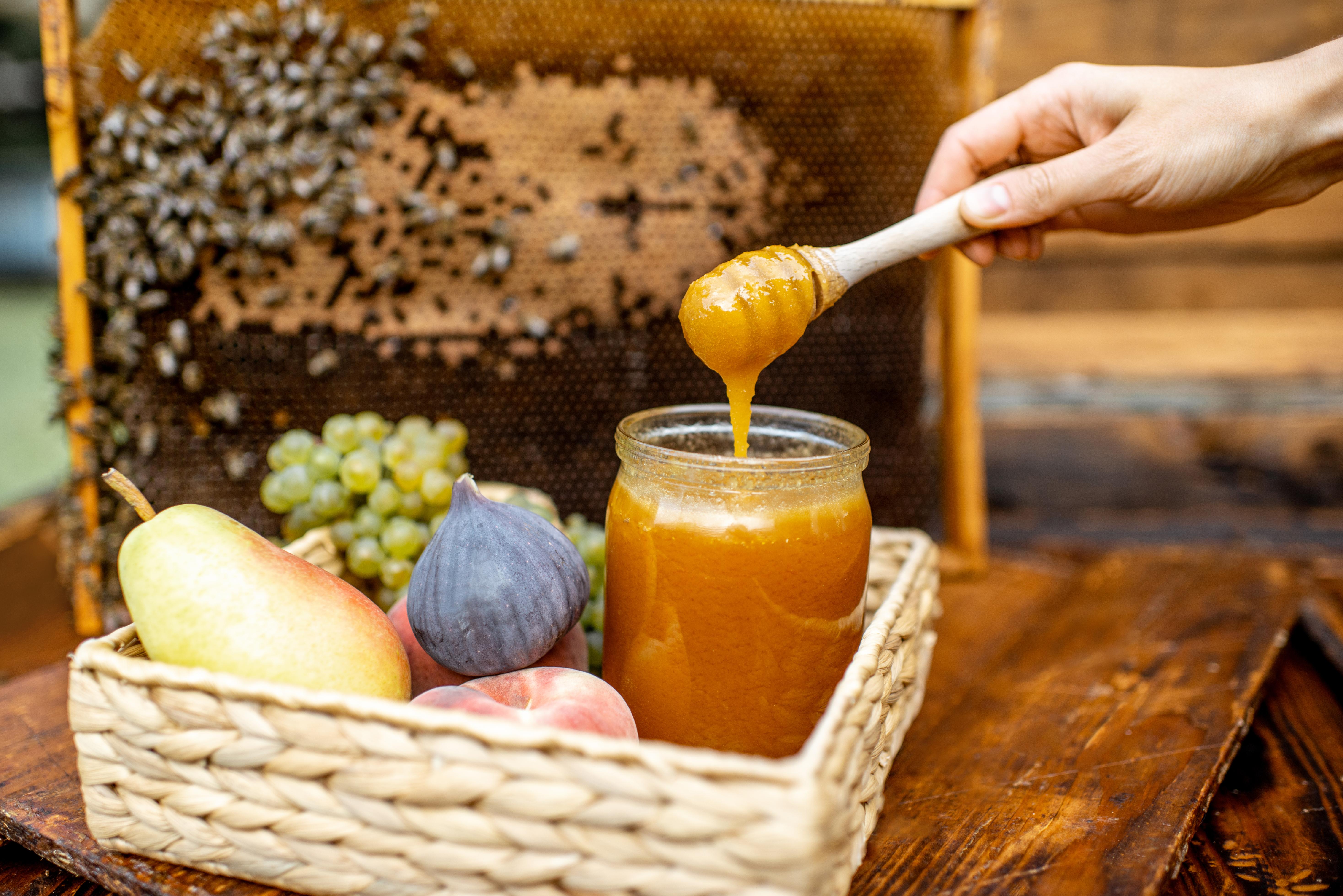
Honey has been a staple in the medicinal practices of many ancient cultures, from the Egyptians to the Greeks and Romans. Its natural antibacterial properties make it an exceptional remedy for wounds and infections. Ancient texts describe honey's use in treating cuts and burns, and modern research supports these claims, highlighting its effectiveness in promoting faster healing and reducing the risk of infection. Honey is also rich in antioxidants, which help protect the body from free radicals and support overall health. Today, it is used not only in wound care but also as a soothing agent for sore throats and coughs, demonstrating its versatile healing power.
2. Garlic: The Ancient Antibiotic
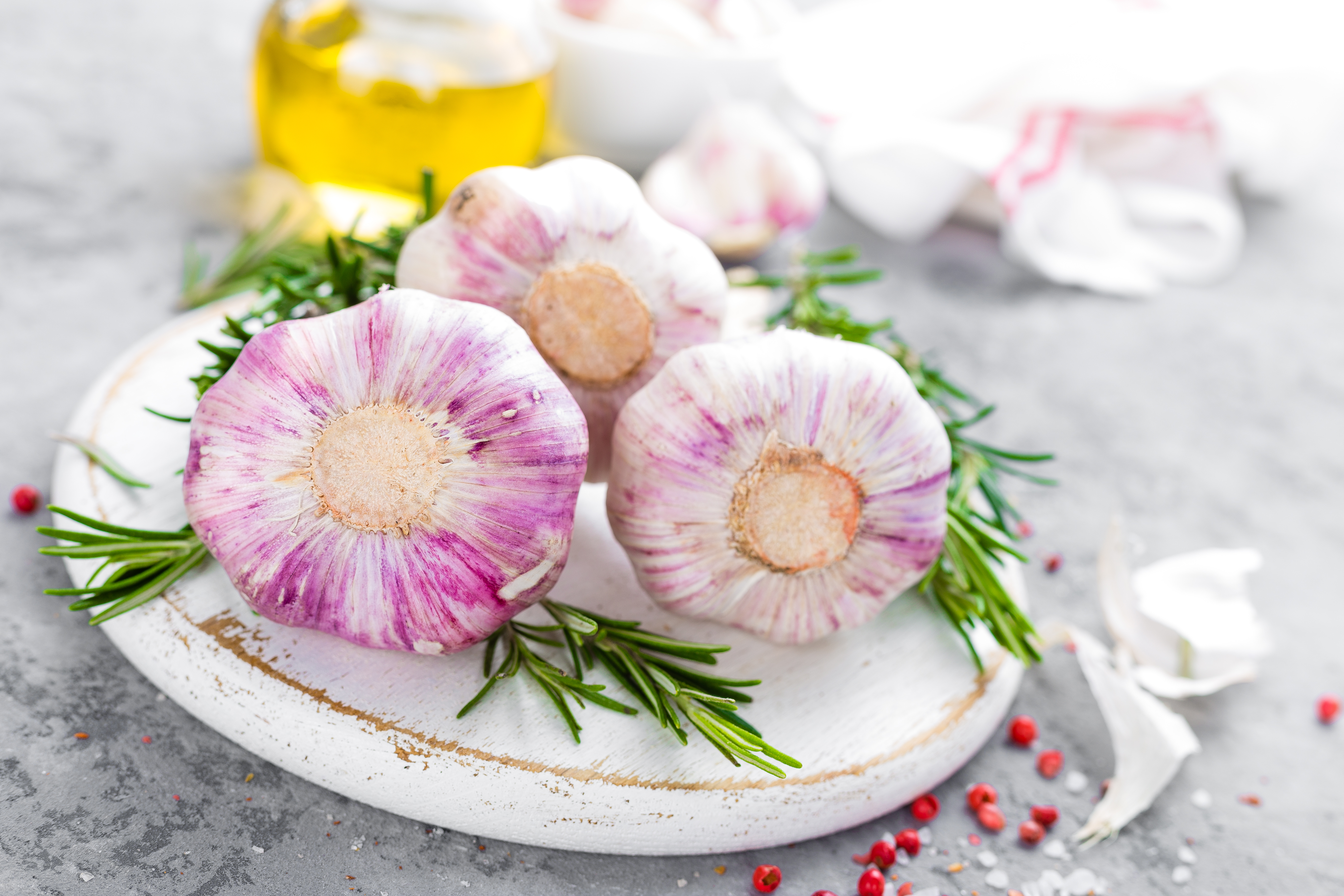
Garlic's reputation as a powerful healing agent dates back to ancient Egypt, where it was used to boost strength and endurance. Its active compound, allicin, is known for its potent antimicrobial properties, making garlic an effective natural antibiotic. Studies have shown that garlic can combat various pathogens, including bacteria and viruses, supporting immune function and reducing the severity of colds and flu. Beyond its antimicrobial benefits, garlic is also recognized for its cardiovascular benefits, helping to lower blood pressure and cholesterol levels. This humble bulb continues to be a staple in natural medicine, valued for its wide-ranging health benefits.
3. Turmeric: The Golden Spice of Life

Turmeric, a vibrant yellow spice originating from India, has been used in Ayurvedic medicine for thousands of years. Its active ingredient, curcumin, is renowned for its anti-inflammatory and antioxidant properties. Ancient practitioners used turmeric to treat a variety of ailments, from digestive issues to skin conditions. Modern science has validated many of these uses, with studies showing that curcumin can help reduce inflammation, improve brain function, and even lower the risk of heart disease. Turmeric's ability to combat chronic inflammation makes it a valuable ally in the fight against many modern illnesses, highlighting its enduring significance in natural healing.
4. Willow Bark: Nature's Aspirin
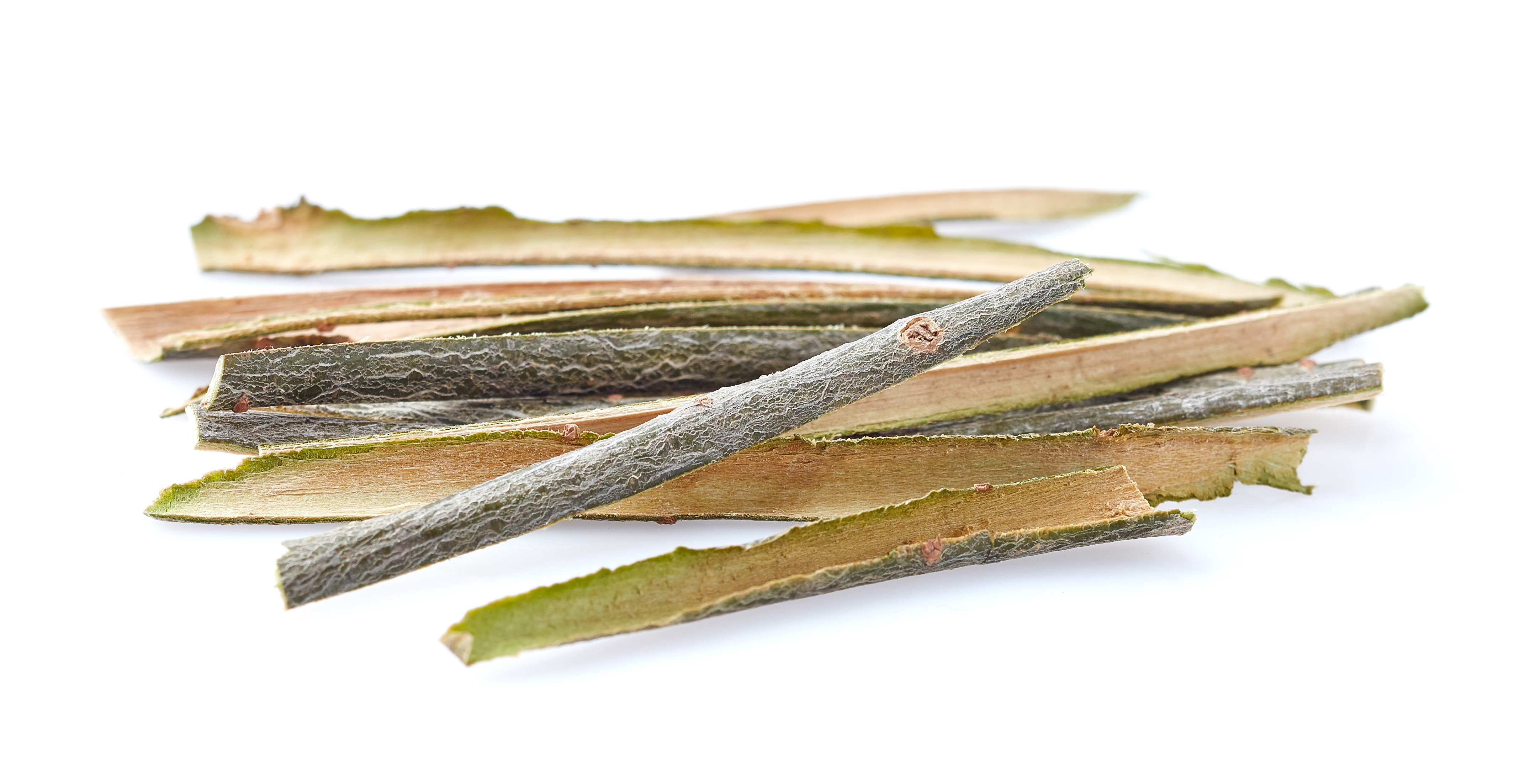
Long before the development of synthetic aspirin, willow bark was used by ancient civilizations, including the Greeks and Native Americans, to relieve pain and reduce fever. The bark contains salicin, a compound that is chemically similar to aspirin. When consumed, salicin is metabolized into salicylic acid, providing effective pain relief. Modern studies have confirmed willow bark's efficacy in treating headaches, arthritis, and other inflammatory conditions. Its natural origin and fewer side effects make it an attractive alternative to over-the-counter pain medications, offering a glimpse into the wisdom of ancient herbalists.
5. Aloe Vera: The Soothing Succulent
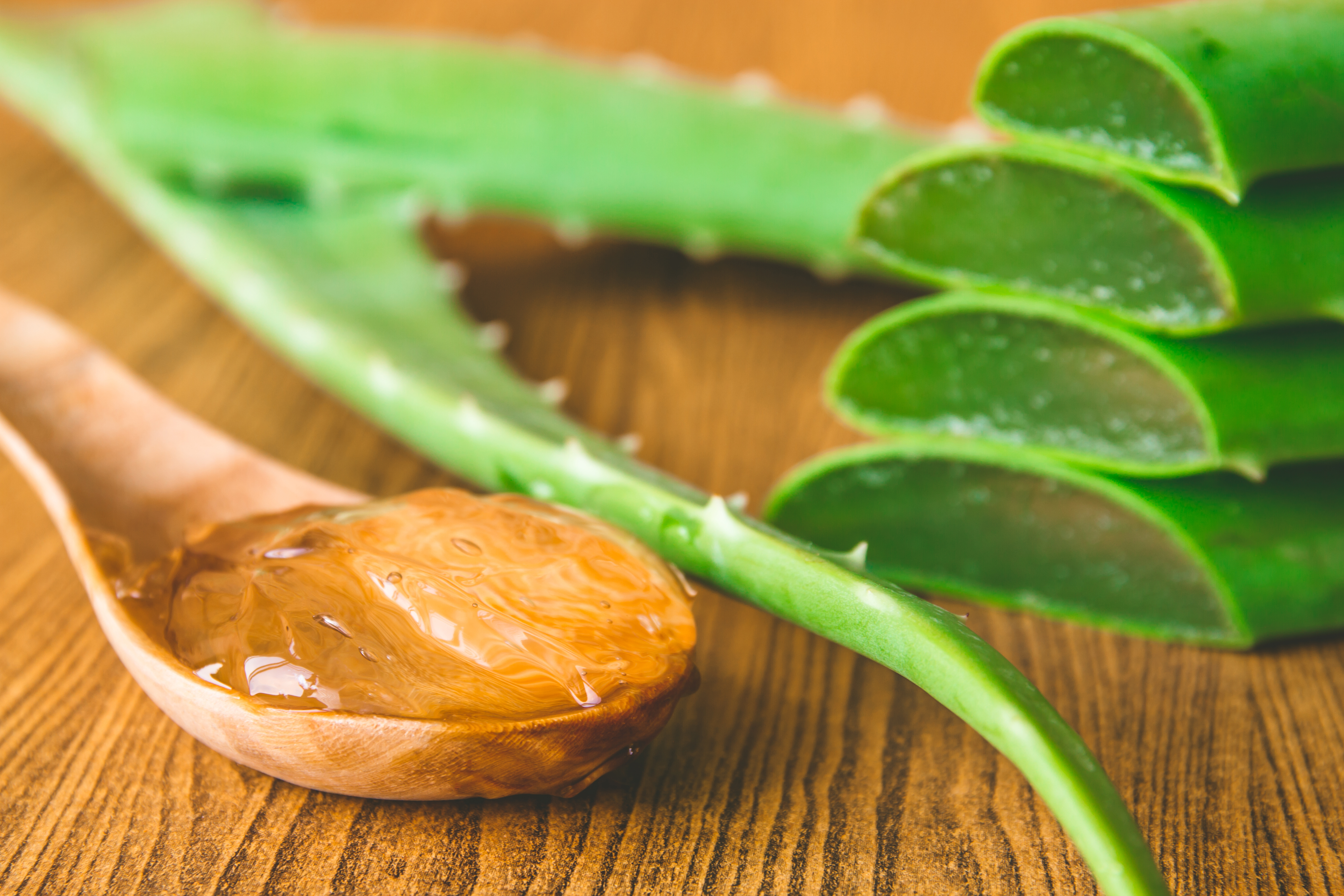
Aloe vera's healing properties have been celebrated since ancient times, with records indicating its use in Egyptian, Greek, and Roman medicine. Known for its soothing and moisturizing effects, aloe vera gel is commonly applied to burns, cuts, and skin irritations. The plant's gel contains compounds that promote wound healing and reduce inflammation, making it a popular choice for treating sunburns and other skin conditions. Additionally, aloe vera is used internally to support digestive health and boost the immune system. The plant's versatility and gentle healing power continue to make it a staple in both traditional and modern medicine.
6. Ginger: The Universal Remedy
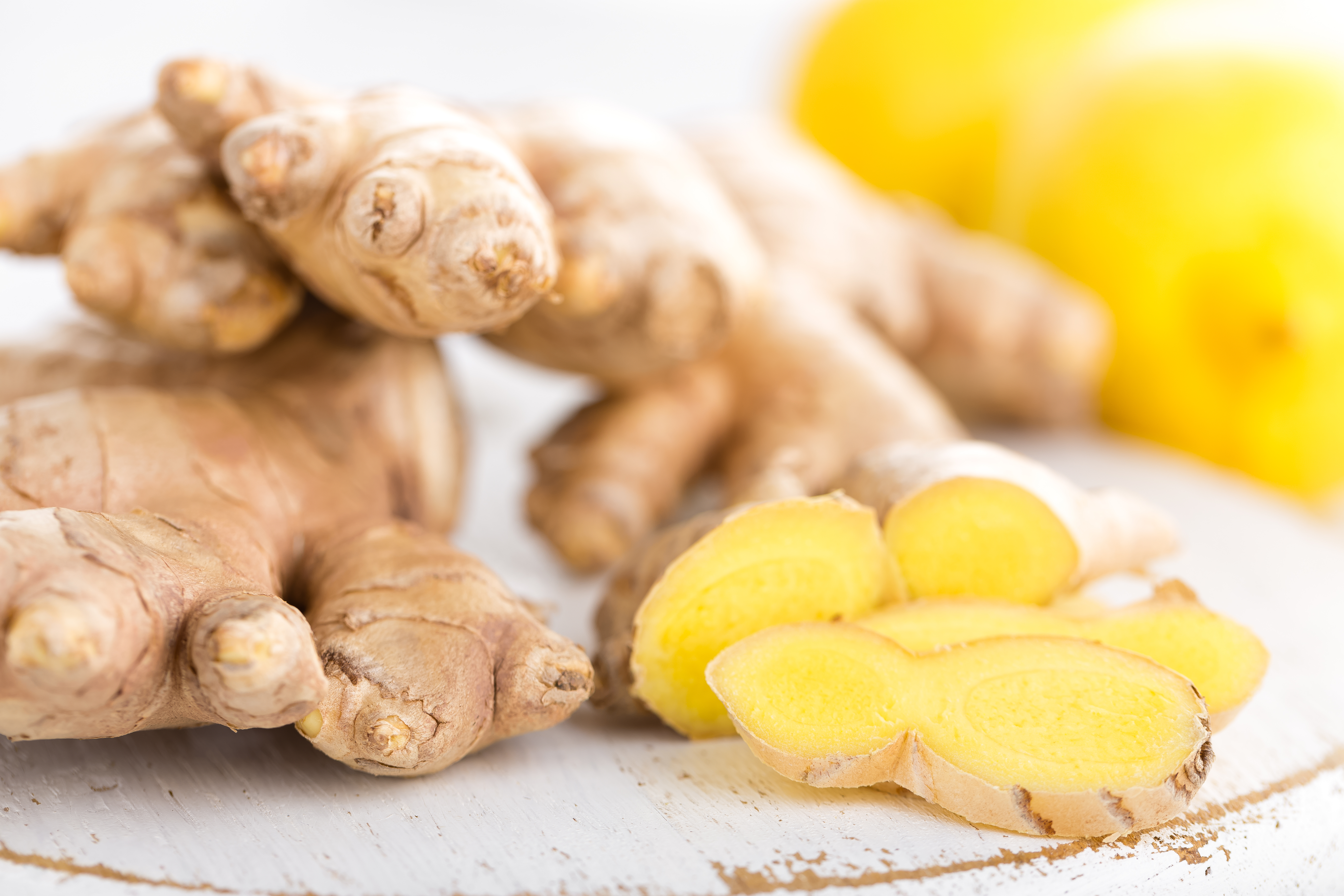
Ginger has been a cornerstone of traditional medicine in Asia for centuries, revered for its ability to treat a wide range of ailments. Its anti-inflammatory and antioxidant properties make it effective in relieving nausea, reducing muscle pain, and improving digestion. Ancient Chinese and Indian healers used ginger to treat respiratory and digestive disorders, and modern research has confirmed its efficacy in these areas. Ginger's ability to soothe the stomach and reduce inflammation makes it a valuable natural remedy for motion sickness, morning sickness, and arthritis, demonstrating its enduring relevance in health and wellness.
7. Lavender: The Calming Herb
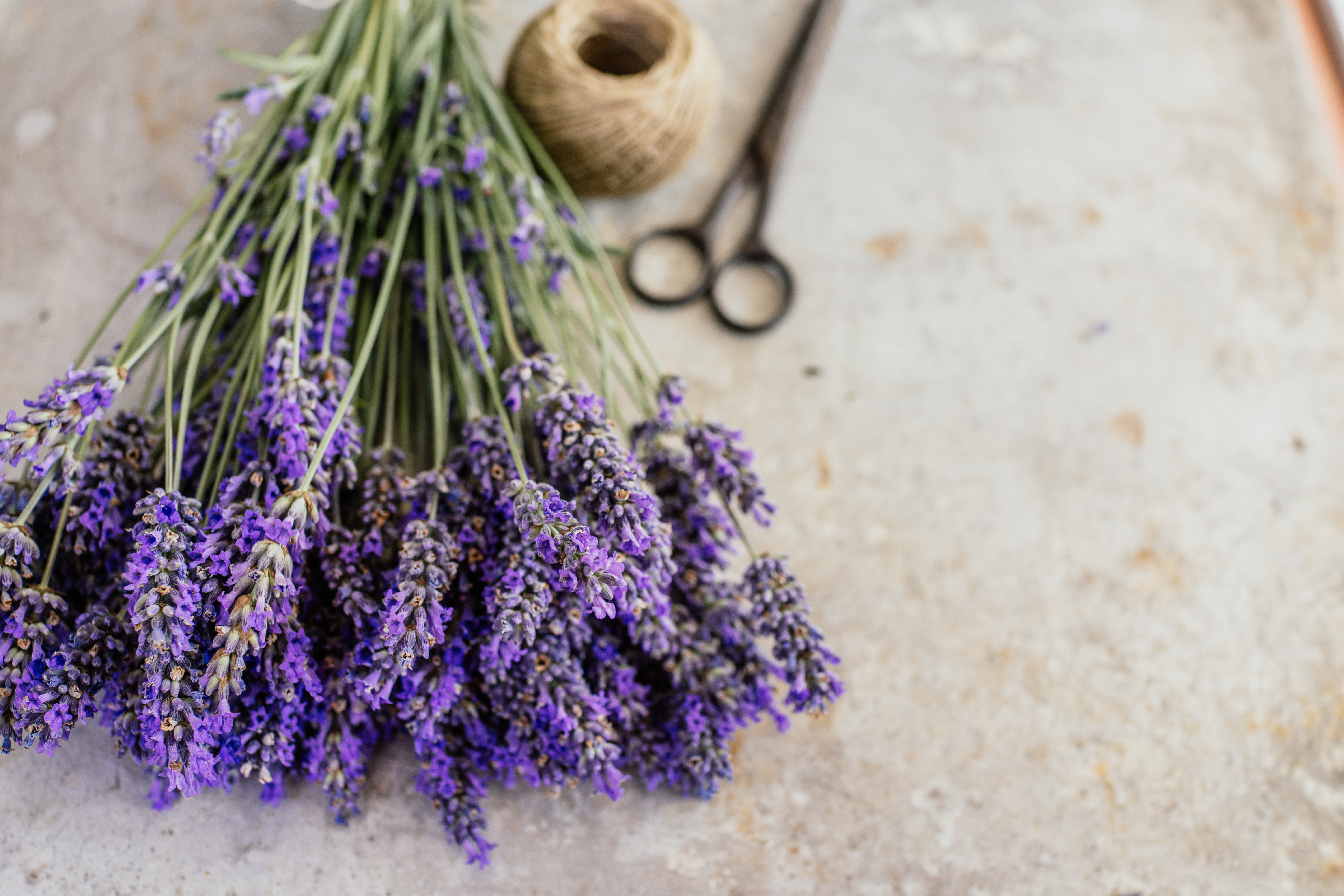
Lavender has been used for centuries to promote relaxation and treat anxiety, insomnia, and depression. Ancient Romans and Egyptians valued lavender for its calming scent and healing properties, using it in baths and as a natural perfume. Modern studies have shown that lavender's essential oil can reduce stress and anxiety levels, improve sleep quality, and even alleviate symptoms of depression. Its soothing aroma and gentle effects make lavender a popular choice for aromatherapy and natural stress relief, bridging the gap between ancient wisdom and contemporary wellness practices.
8. Eucalyptus: The Breath of Fresh Air

Eucalyptus has been used by indigenous Australians for its medicinal properties for thousands of years. Known for its ability to clear the respiratory tract and reduce inflammation, eucalyptus oil is a popular remedy for colds and respiratory infections. The plant's active compounds, such as eucalyptol, have been shown to relieve congestion, soothe sore throats, and improve breathing. Eucalyptus is also used in topical applications to relieve muscle pain and improve circulation. Its refreshing scent and powerful healing properties make it a valuable addition to natural medicine cabinets around the world.
9. Peppermint: The Digestive Soother
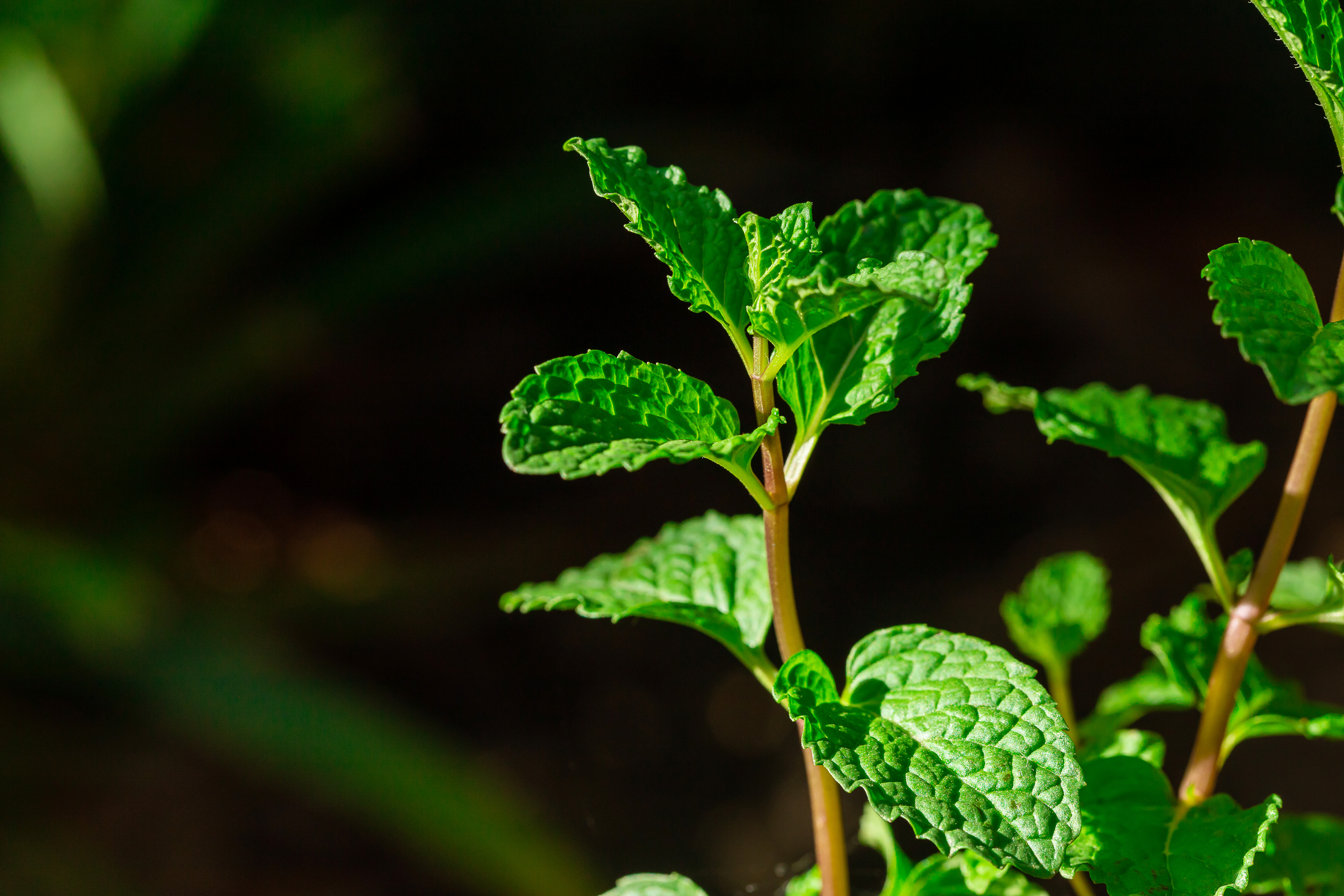
Peppermint has been used since ancient times to treat digestive issues and relieve pain. Its essential oil contains menthol, which has a calming effect on the gastrointestinal tract, reducing symptoms of irritable bowel syndrome (IBS) and indigestion. Ancient Egyptians and Greeks used peppermint to soothe stomach aches and improve digestion, and modern research has confirmed its efficacy in these areas. Peppermint's ability to relax the muscles of the digestive tract and reduce bloating makes it a popular natural remedy for digestive discomfort, showcasing its timeless appeal in holistic health.
10. Frankincense: The Sacred Resin
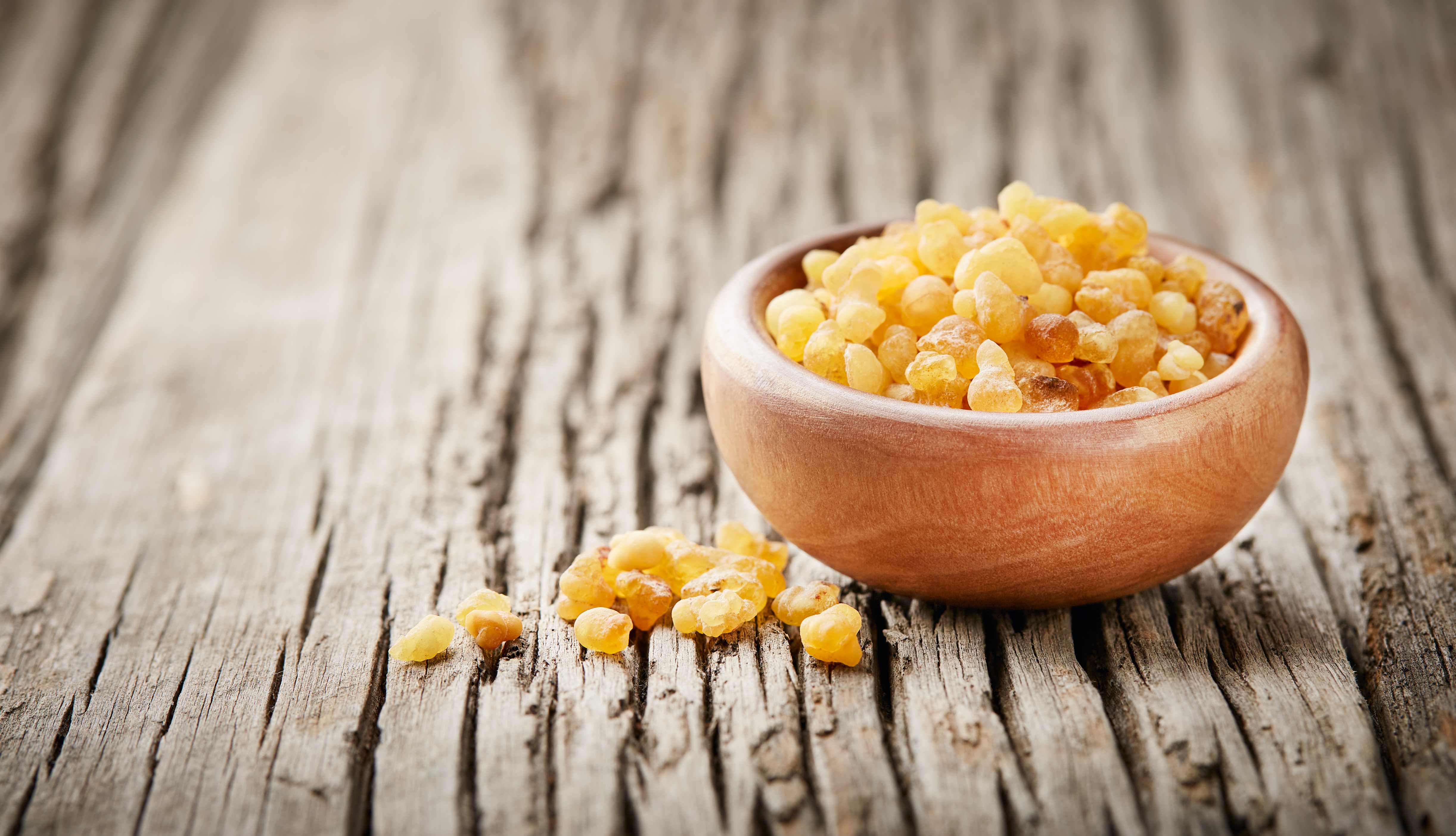
Frankincense, a resin derived from the Boswellia tree, has been used in religious and medicinal practices for thousands of years. Revered in ancient Egypt and the Middle East, frankincense was valued for its ability to purify the air and promote spiritual well-being. Modern research has revealed that frankincense contains compounds with anti-inflammatory and analgesic properties, making it effective in treating arthritis and other inflammatory conditions. Its calming scent and healing properties continue to make frankincense a popular choice in aromatherapy and natural medicine, bridging the gap between ancient rituals and modern wellness.
11. Licorice Root: The Sweet Healer
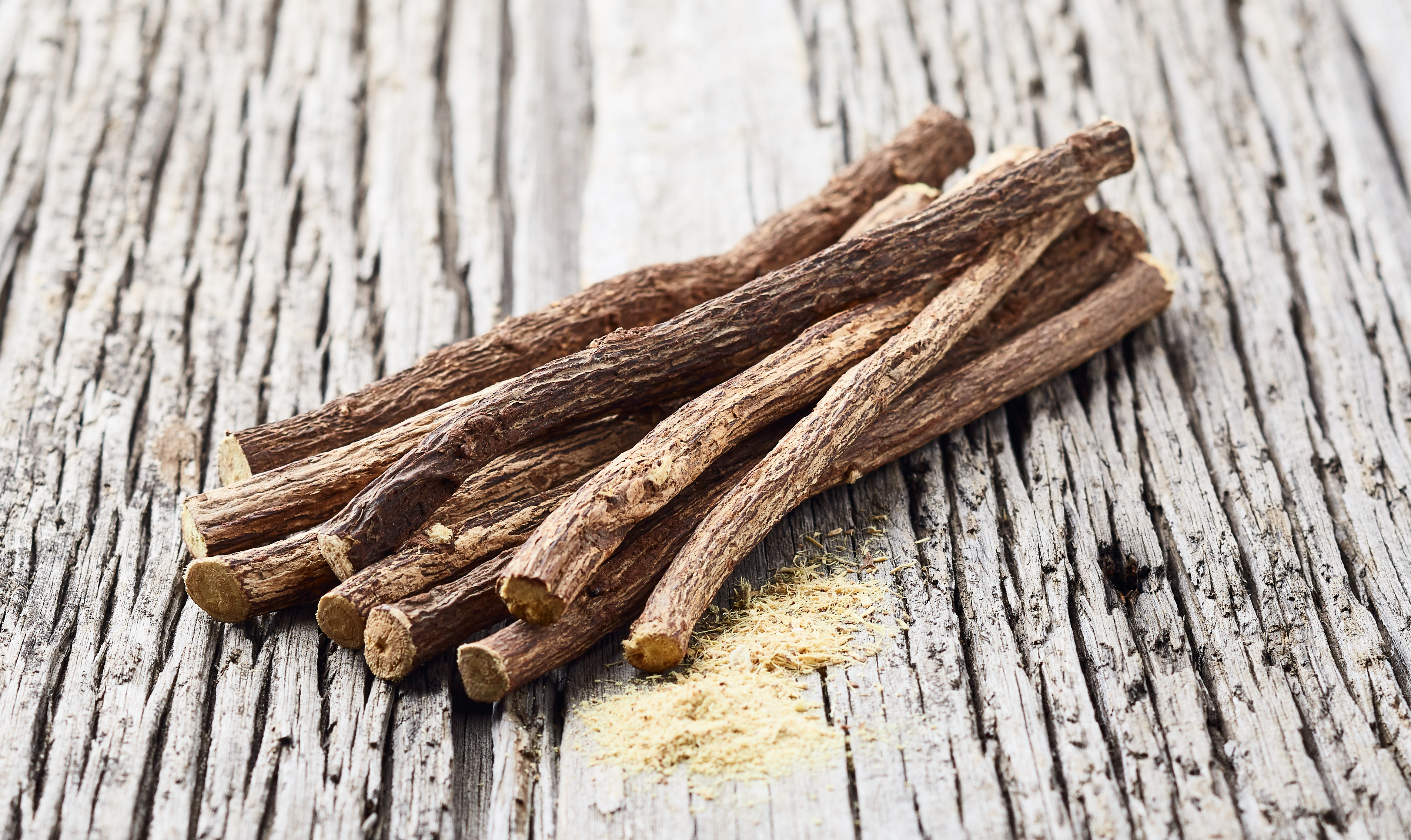
Licorice root has been used in traditional Chinese and Ayurvedic medicine for its healing properties, particularly in treating respiratory and digestive issues. The root contains glycyrrhizin, a compound known for its anti-inflammatory and immune-boosting effects. Ancient practitioners used licorice root to soothe sore throats, reduce coughs, and improve digestion, and modern studies have supported these uses. Licorice root's ability to modulate the immune system and reduce inflammation makes it a valuable natural remedy for a variety of ailments, highlighting its enduring significance in holistic health.
12. Chamomile: The Gentle Calmer
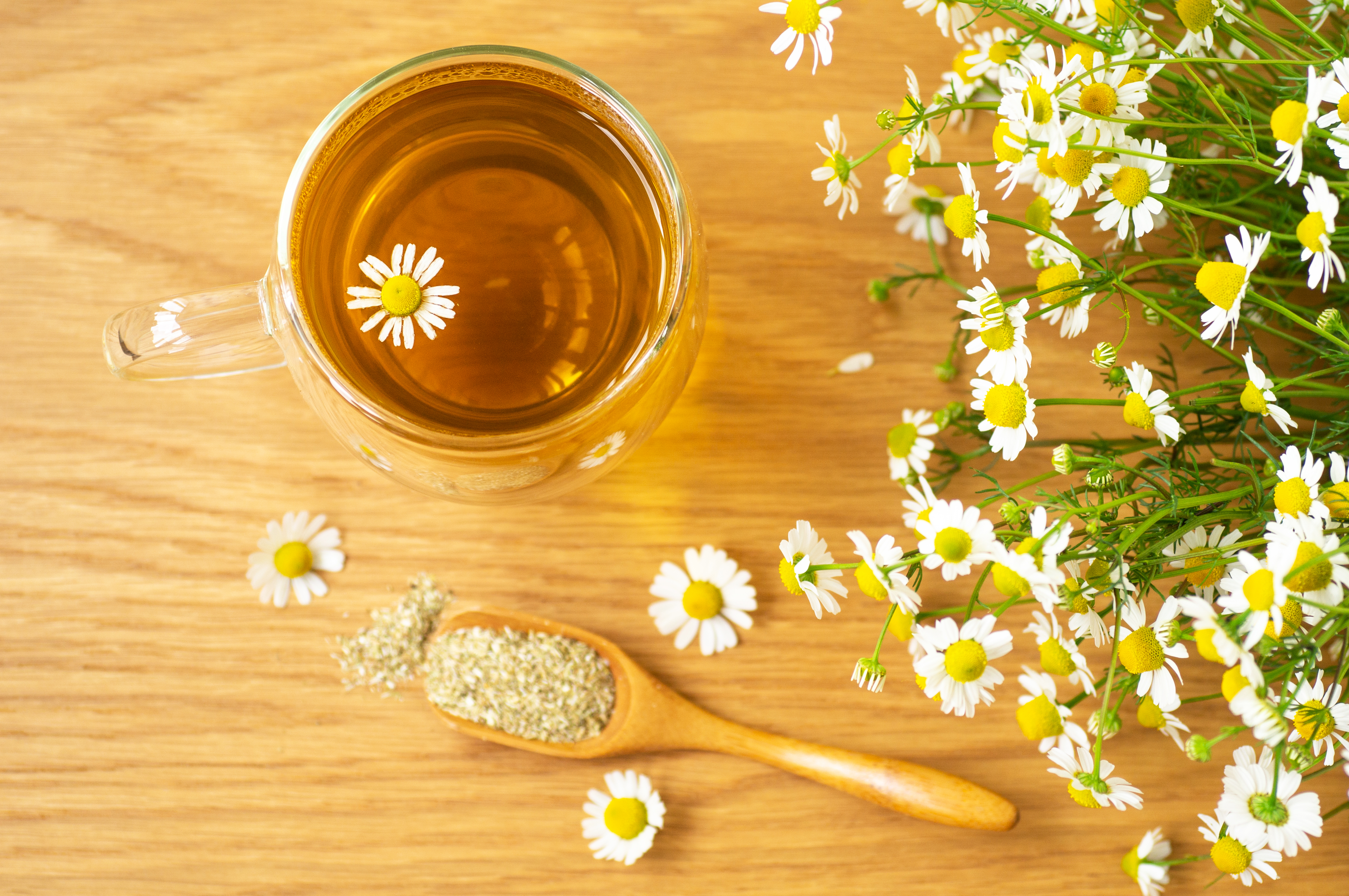
Chamomile has been used for centuries as a natural remedy for anxiety, insomnia, and digestive issues. Ancient Egyptians and Romans valued chamomile for its calming effects, using it in teas and tinctures to promote relaxation and improve sleep quality. Modern research has confirmed chamomile's efficacy in reducing anxiety and improving sleep, making it a popular choice for those seeking natural stress relief. Its gentle and soothing properties make chamomile a beloved herbal remedy, reflecting the timeless appeal of ancient wisdom in contemporary wellness practices.
Embracing Ancient Wisdom in Modern Healing
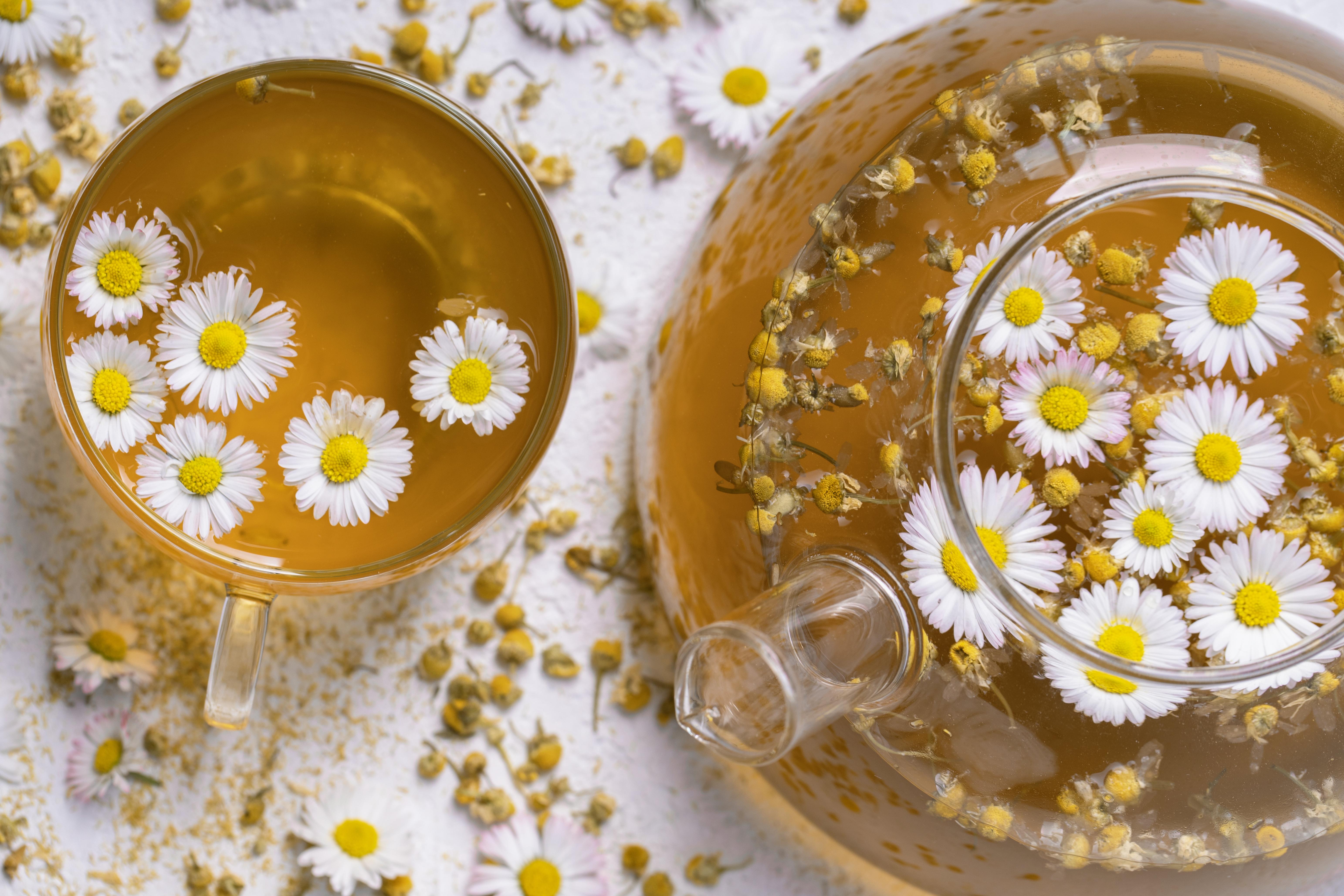
As we have explored, the healing remedies of ancient times offer a wealth of knowledge that continues to benefit us today. These 12 remedies, from honey to chamomile, demonstrate the profound understanding our ancestors had of natural medicine. Their ability to harness the healing power of nature is a testament to the enduring wisdom of ancient civilizations. By embracing these time-tested remedies, we can enhance our health and well-being, bridging the gap between the past and the present. As we continue to explore the rich tapestry of ancient healing, we gain a deeper appreciation for the intricate relationship between humans and nature, and the timeless pursuit of health and harmony.